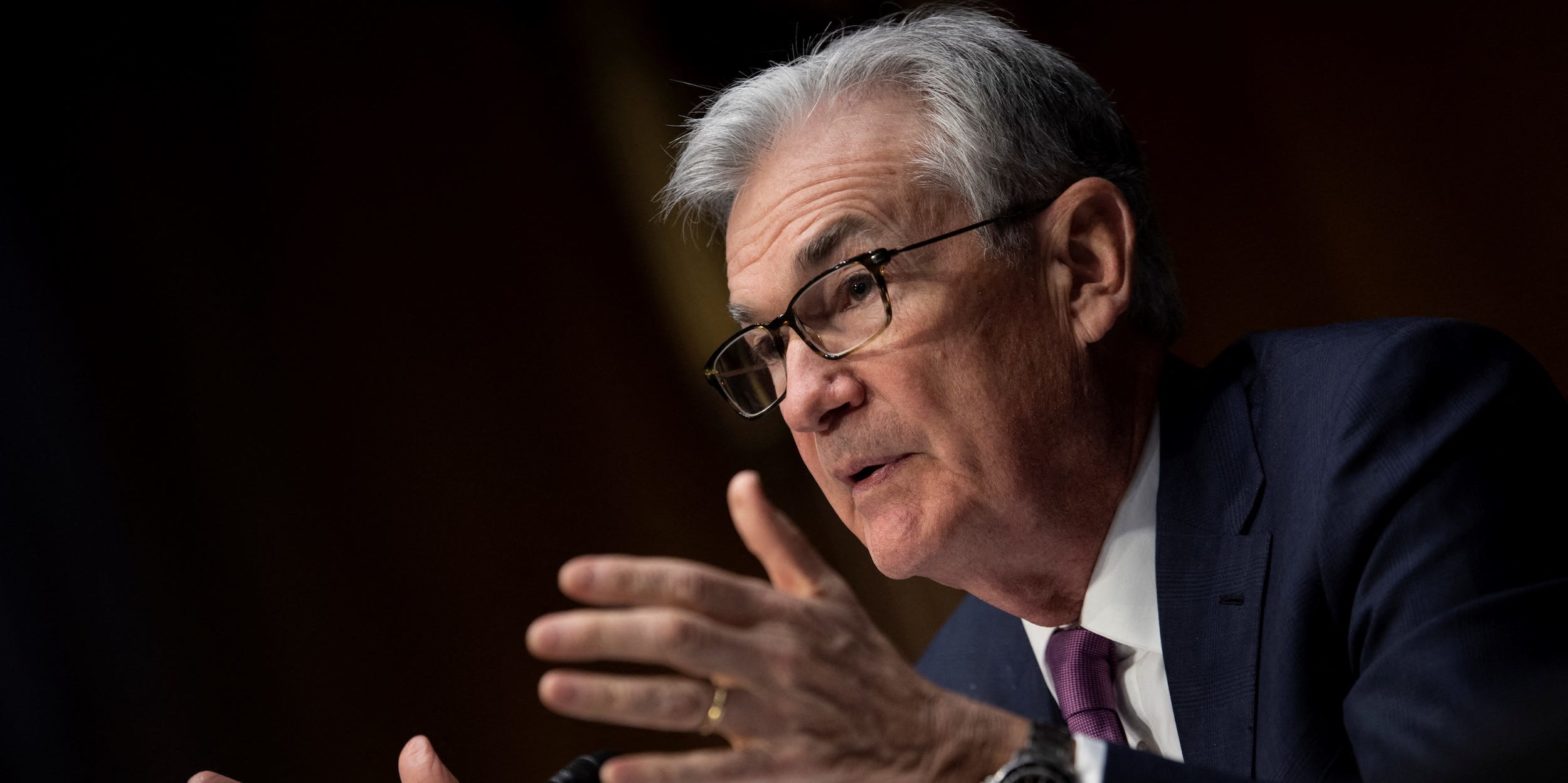The Fed’s new policy framework carries a “very difficult tradeoff,” top Wall Street economists said. Raising rates to cool inflation could undo the inclusive hiring recovery, the team said. Conversely, leaving the labor market’s recovery intact could spark a new inflation crisis. Loading Something is loading.
The Federal Reserve is pursuing the most inclusive recovery in modern US history. But the way it’s going about it could throw the US into a new recession , a group of top economists said in a February paper.
Five months after the pandemic locked down the US, the Fed unveiled a new policy framework for piloting the economy. Gone were its 2% inflation target and “full employment” goals.
Instead, the central bank now pursues inflation that averages 2% over time, meaning dips below that threshold would open the door to allowing higher inflation to balance things out.
The Fed’s labor-market target also changed to “maximum employment,” which the Federal Open Market Committee described as “broad-based and inclusive.” That differs from its prior full-employment target, which lacked a focus on closing employment and earnings gaps across racial and gender lines.
That new playbook, as promising as its goals are, might be a mistake, the chief global economists of Bank of America, Deutsche Bank, and Morgan Stanley, as well as economists at the University of Chicago and the University of Wisconsin, said in a recent paper. Looking at inflation and employment for more- and less-advantaged groups, the team found that the balance between maximum employment and stable prices would be hard to achieve without serious risk.
Letting inflation run hot helps close the gaps between the two worker cohorts, yet it “does relatively little to attract less advantaged groups into the labor market,” the team said. That may be a huge headwind for the recovery, as labor-force participation remains well below precrisis levels. The slow return of workers has been the driving force behind the labor shortage and has left businesses struggling to rehire.
The improvement can also “be quickly undone in a severe recession,” the researchers said. They added that the risk of such a downturn was “exacerbated” by the Fed’s loose monetary policy. Since the central bank’s interest rate already sits near zero, it has less policy ammunition with which to aid the country during a downturn.
Cooling inflation in a hot economy leaves the Fed with a “very difficult tradeoff,” the economists said. Since inflation and unemployment have historically had an inverse relationship, the Fed’s efforts to ease price growth by quickly raising interest rates would require a “substantial increase in the unemployment rate,” and with it, some backpedaling of the inclusive recovery.
A simple “back of the envelope calculation” from the team lays out how the Fed may chip away at its own progress toward maximum employment. In pre-pandemic labor markets with high and rising unemployment, the average unemployment rate for less-advantaged workers rose 1.4 times faster than that for more-advantaged Americans, the economists said. That implies that, in a recession where the unemployment rate rose by 3 percentage points, unemployment would climb by 2.7 points for advantaged Americans and 3.75 points for less-advantaged groups, effectively undoing the gap-closing sought by the Fed.
Conversely, the Fed could keep the labor-market recovery intact by holding interest rates low, but that would risk “persistent high overshoots of inflation,” the team said. By running the economy hot for so long, the Fed has painted itself into a corner, they added.
“Either outcome, exacerbating inequality or accepting years of high inflation, is fraught with political risk,” the team said.
For now, the Fed is likely to kick off its rate-hike cycle when it meets in mid-March. The size of its first hike is uncertain, as is the frequency of its follow-up rate increases. But with unemployment near record lows and inflation sitting at four-decade highs, the central bank could be staring down the “difficult tradeoff” the top economists warned of.
